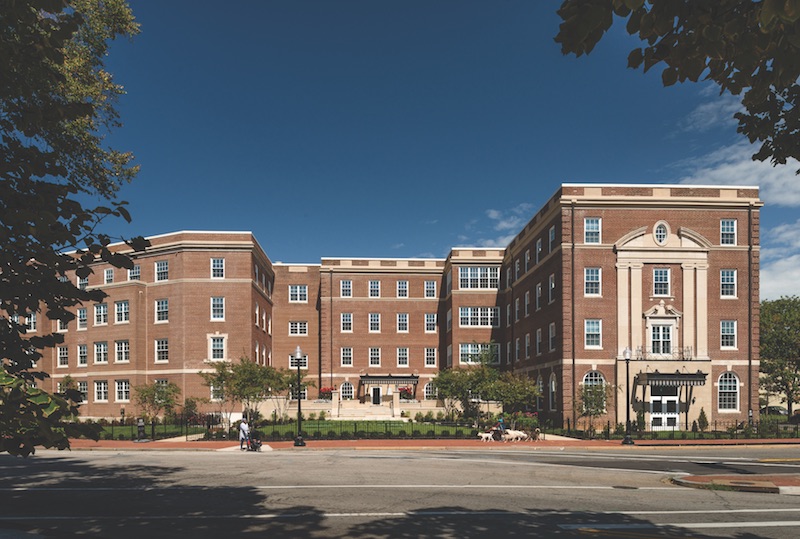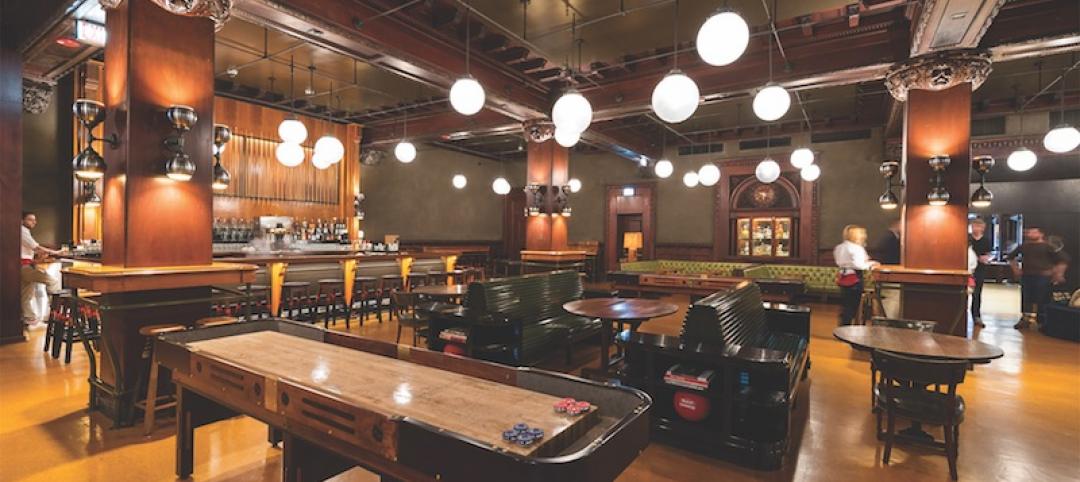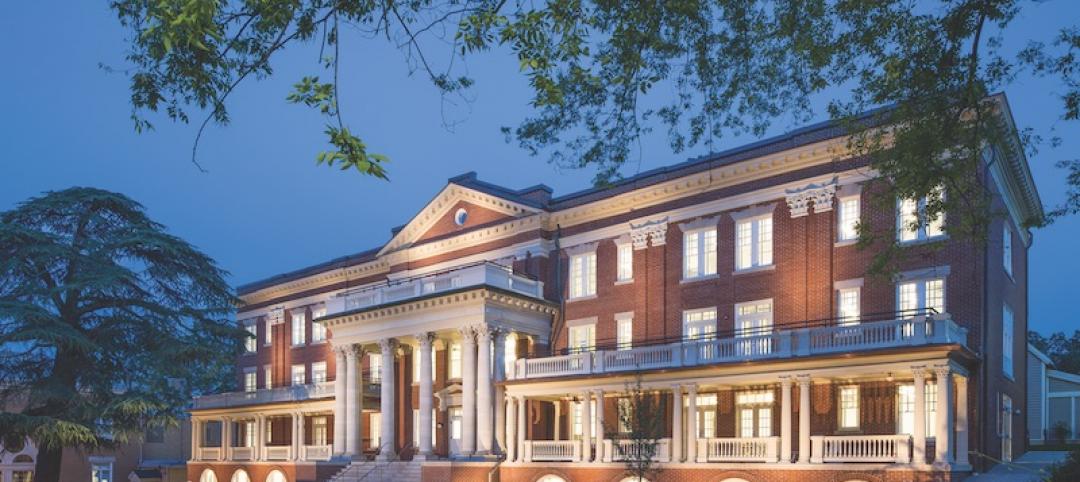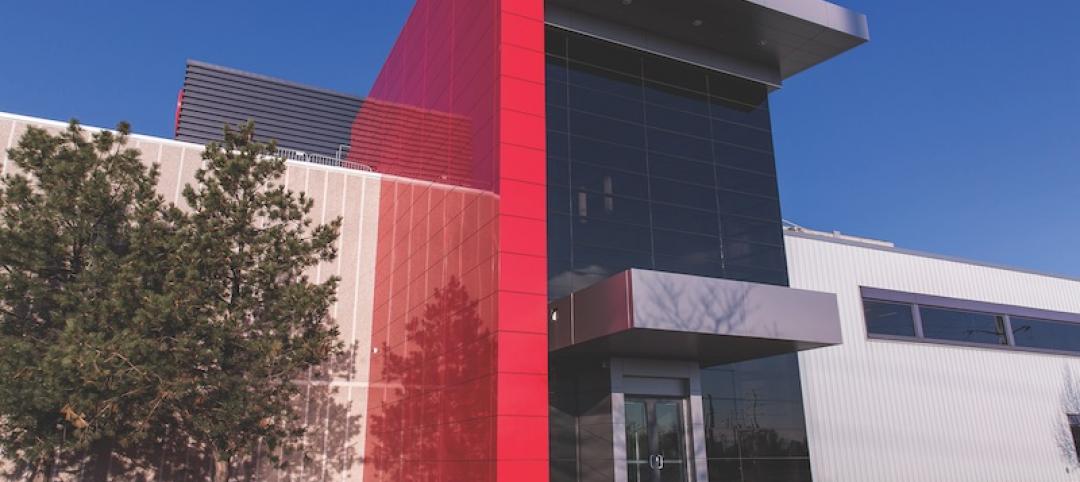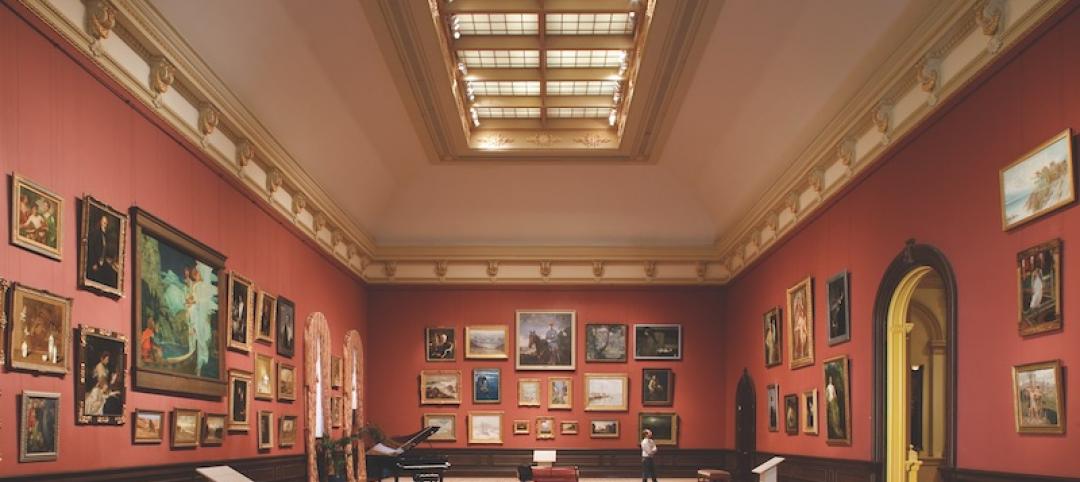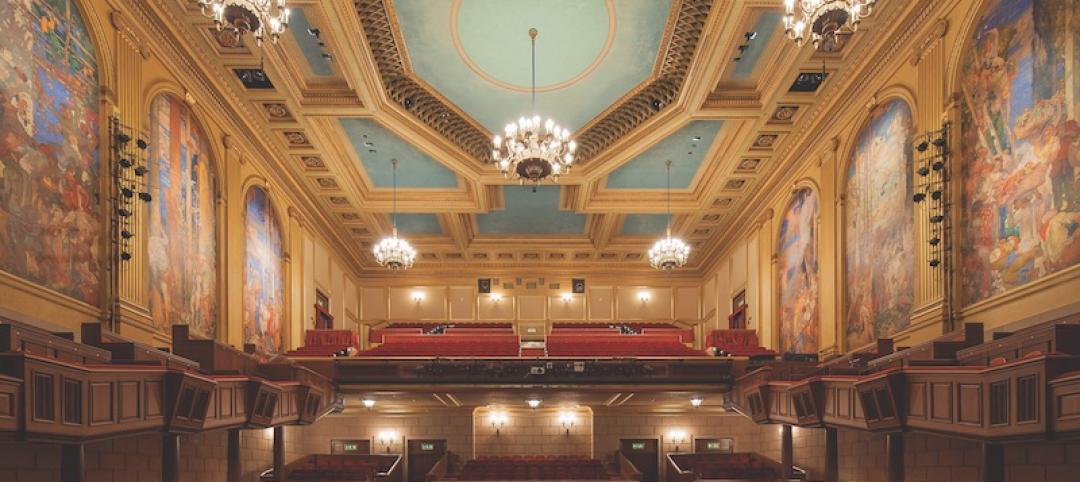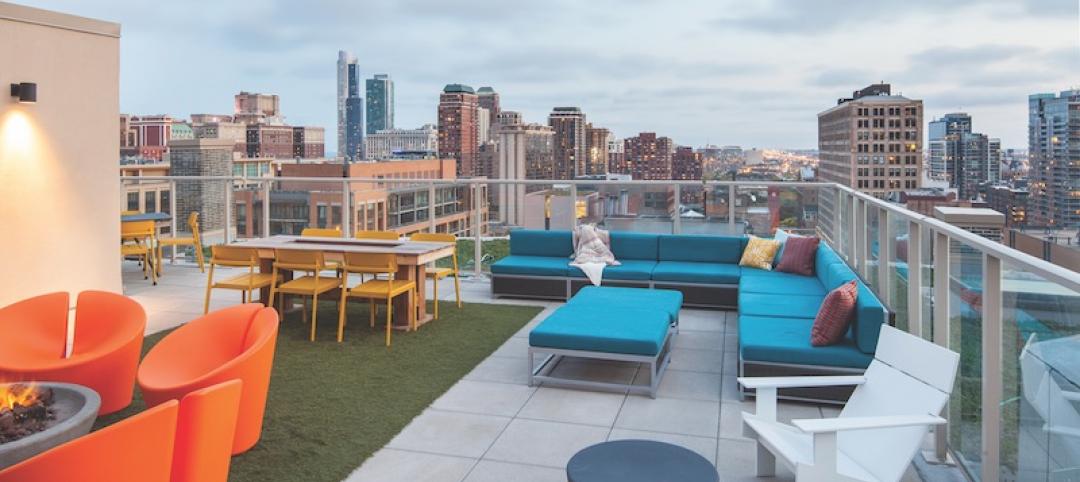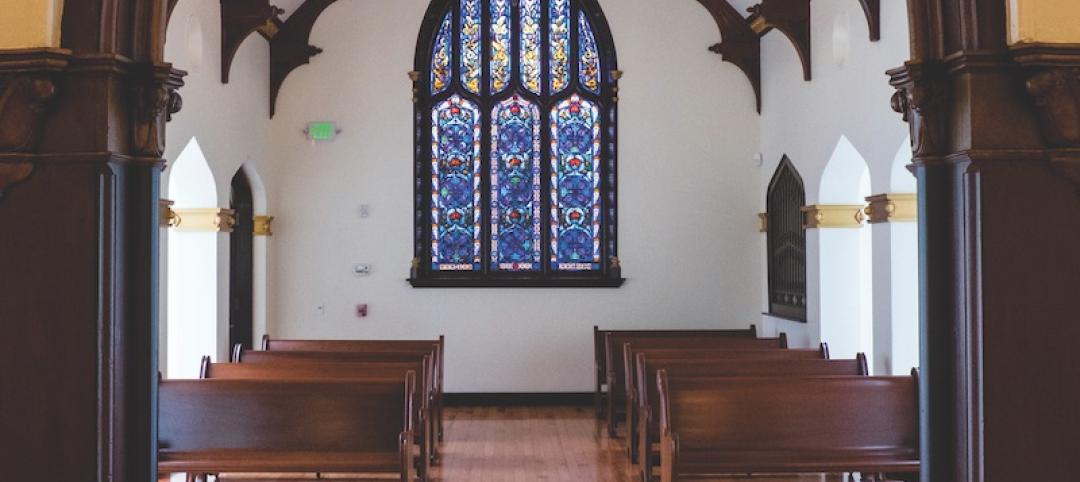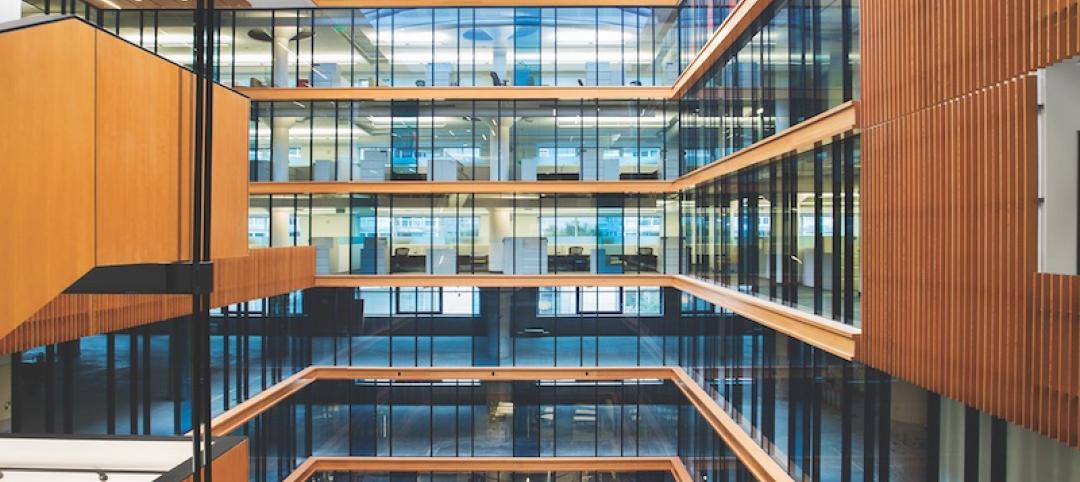Two decades is a long time for a hospital to sit, unused, with no future. Yet, there sat the 1920s-era hospital building in the heart of Washington, D.C.’s Capitol Hill neighborhood. Until an enterprising development team, led by Urban Structures, Borger Management, and Ronald D. Paul Companies, proposed an unusual plan to convert the 140,000-sf, four-story hospital into a luxury apartment building. As wild as it sounds, the $45 million plan worked, and the building’s first residents moved in early last year.
But the road from start to finish was a rocky one. It involved a complete roof-to-basement renovation of the building, delicate structural underpinning work to support two levels of below-grade parking, sensitive preservation work that needed Historic Preservation Review Board approval, and the design and construction of a world-class multifamily facility fitting of the neighborhood.
Called 700 Constitution, the complex houses 139 units (studio, one-, and two-bedroom), with an outdoor courtyard, fitness center, community room, yoga studio, e-lounge, and a package delivery system. A rooftop garden with bio retention, deck, and grilling area offers views of the U.S. Capitol dome and the Supreme Court.
The existing floors, with their double-loaded corridor and standard patient room depths, did not provide the apartment plan required in today’s rental market. The solution involved relocating the building’s corridor outside of the column-defined circulation pattern by adding a steel-frame and concrete structure on the rear of the building. This shift also allowed the team to add balconies to the rear façade of the building, which was not highly scrutinized by the preservation boards.
Each day of the 18-month demolition process presented a new obstacle to the design concept, most unforeseen. The demolition process exposed four different structural systems in varying states of soundness. Former exterior masonry walls with Palladian-style windows were uncovered intact, sandwiched between walls of later construction. This is just a taste of what the team faced and overcame to complete this award-winning project.
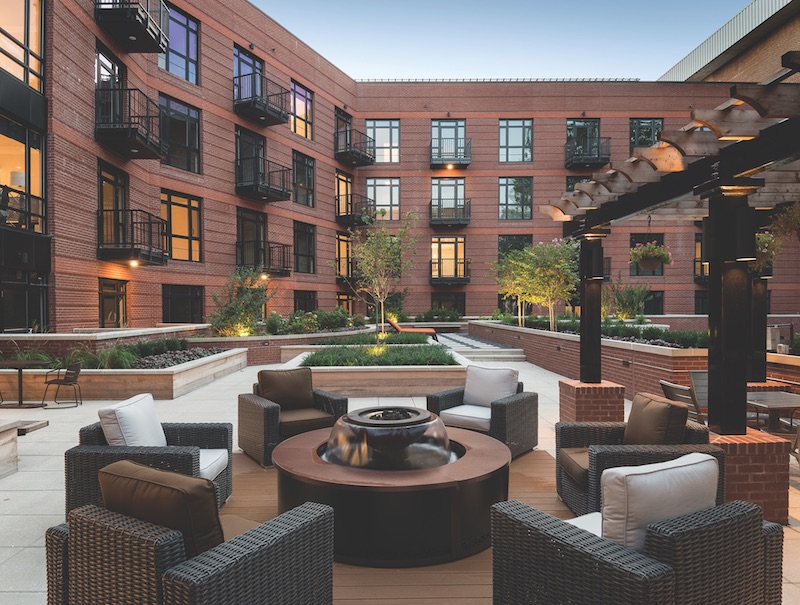
Bronze Award Winner
BUILDING TEAM Architecture, Inc. (submitting firm, architect) 700 LLC (developer) RD Jones & Associates (interior architect) Cagley & Associates (SE) FACE Associates (MEP) Donohoe Construction (GC) DETAILS 140,000 sf Total cost $45 million Construction time October 2013 to July 2017 Delivery method Design-bid-build
CLICK HERE TO GO TO THE 2018 RECONSTRUCTION AWARDS LANDING PAGE
Related Stories
Reconstruction Awards | Nov 16, 2016
BD+C's 2016 Reconstruction Award Winners
St. Patrick’s Cathedral, Lovejoy Wharf, and the Bay Area Metro Center are just a few of the projects recognized as 2016 Reconstruction Award winners.
Reconstruction Awards | Nov 16, 2016
Reconstruction Awards: The Renwick Gallery of The Smithsonian American Art Museum
The renovation restored two long-concealed vaulted ceilings in the second-floor galleries and recreated the original 19th-century window configuration.
Reconstruction Awards | Nov 16, 2016
Reconstruction Awards: Massachusetts Maritime Academy
The two-story “overbuild” employed block and plank construction with drag strut detailing to connect it to the existing building.
Reconstruction Awards | Nov 16, 2016
Reconstruction Awards: The Masonic Temple
The building team suspended a new eighth-floor mezzanine and added 18 9x15-foot windows to the north, south, and west façades.
Reconstruction Awards | Nov 16, 2016
Reconstruction Awards: San Francisco War Memorial Veterans Building
The building team used a system of rocking concrete shear walls, which eliminated the need for deep foundations and reduced the shear force on each wall.
Reconstruction Awards | Nov 16, 2016
Reconstruction Awards: Arc at Old Colony
The Arc at Old Colony's vintage floor plans, voluminous lobby, and myriad elevators were perfect for redevelopment as a historically charming residential building.
Reconstruction Awards | Nov 16, 2016
Reconstruction Awards: Noble Chapel
In May 2013 the 124-year-old Noble Chapel, suffered a three-alarm fire that almost completely destroyed its 1937 crematorium.
Reconstruction Awards | Nov 16, 2016
Reconstruction Awards: Bay Area Metro Center
The structure’s 60,000-sf floor plates made the interior dark and foreboding, and BAHA wanted to improve working conditions for its employees and tenants.


